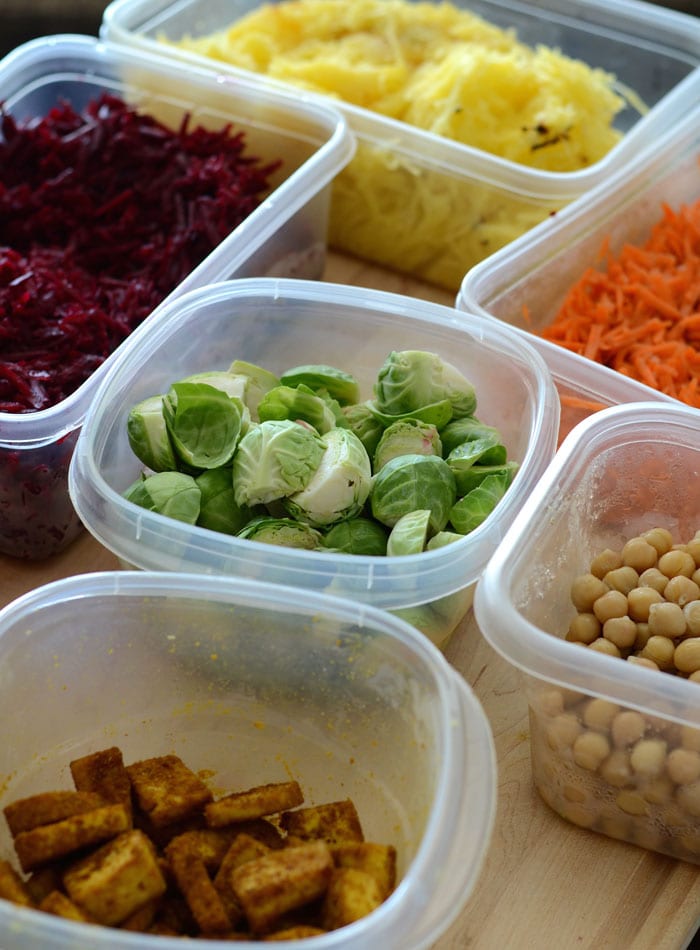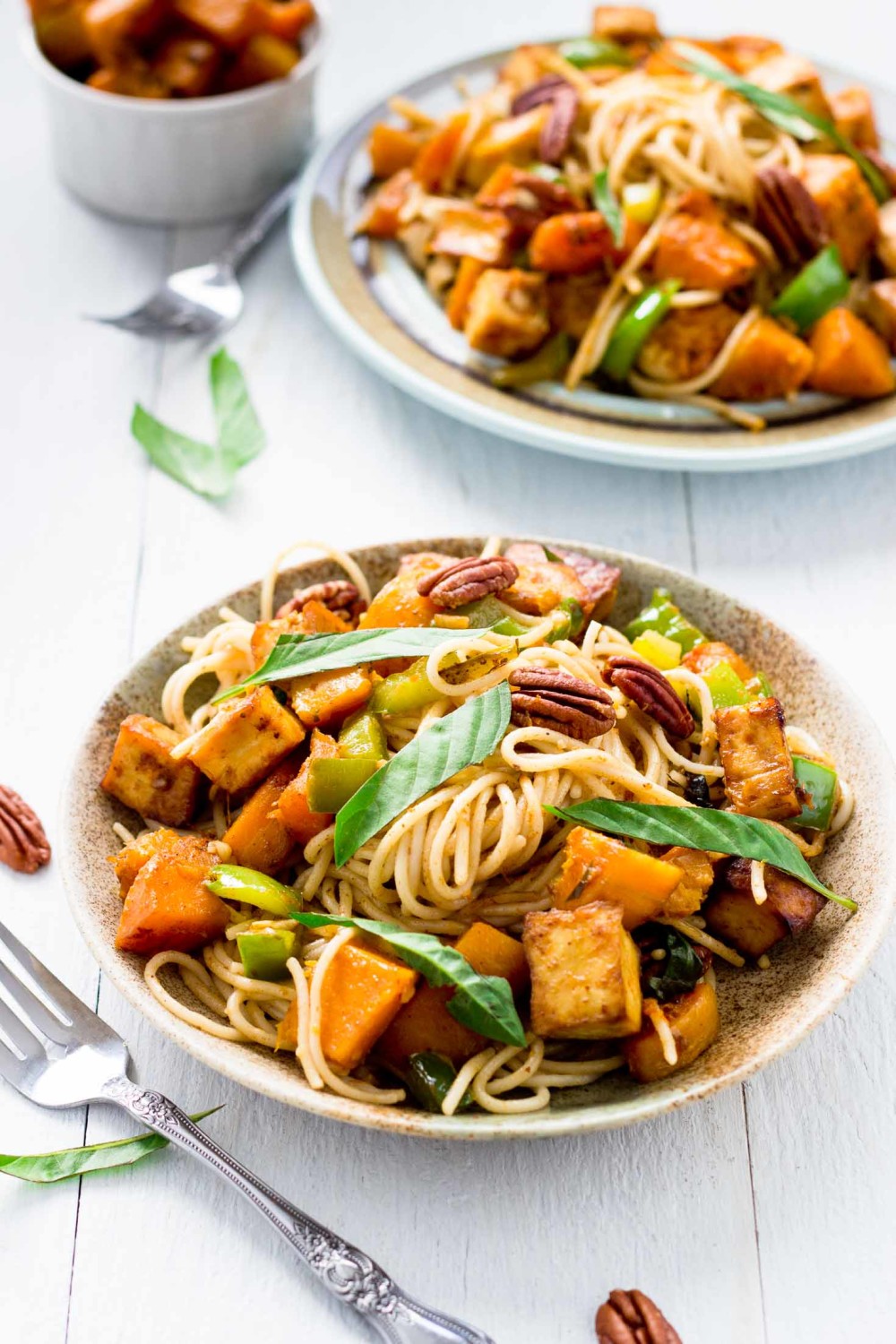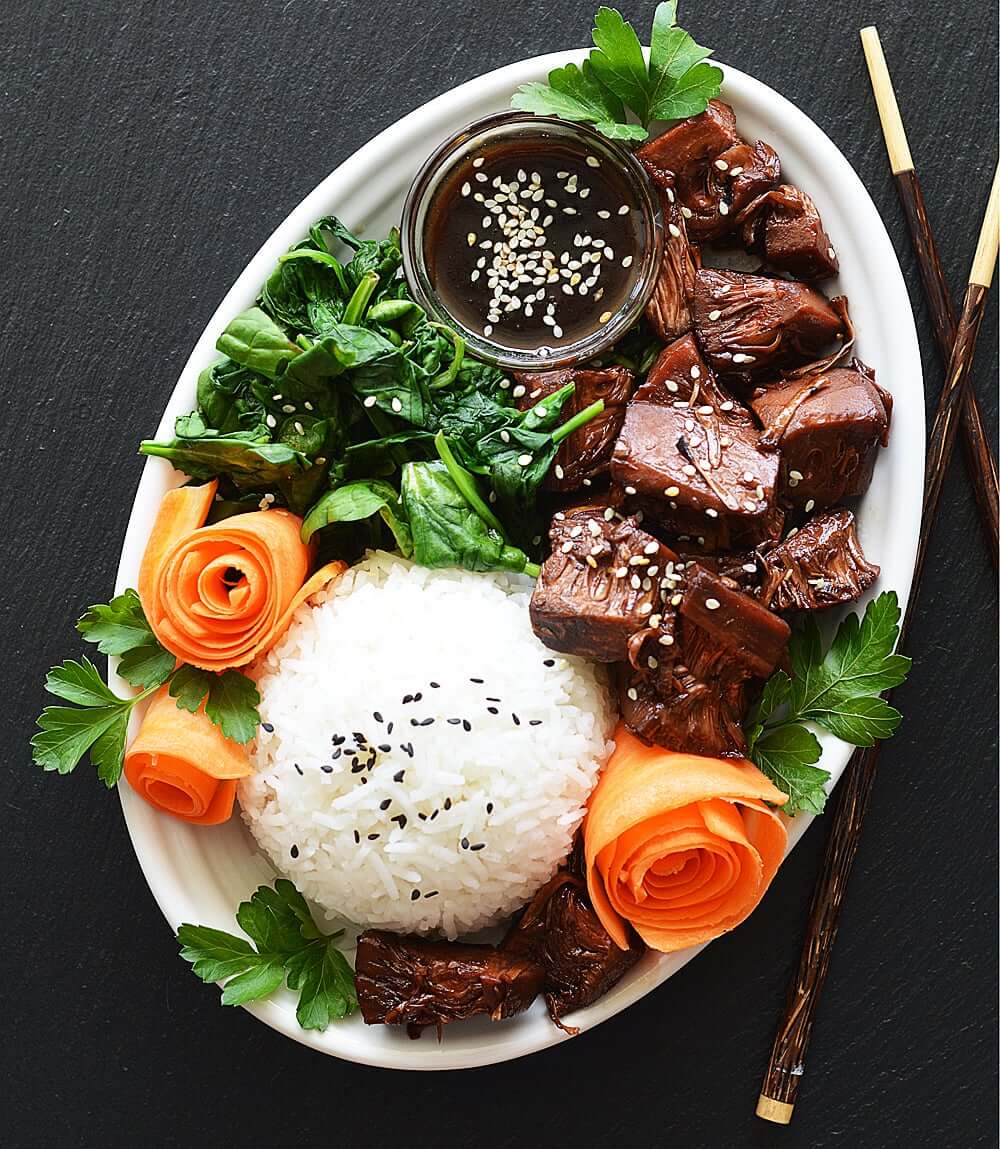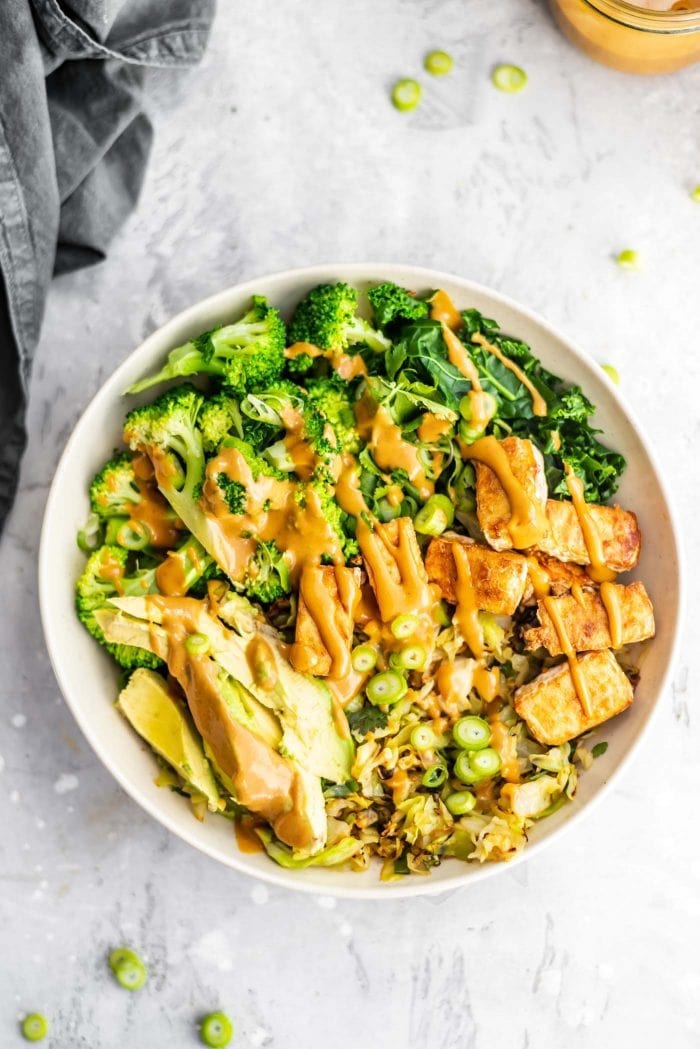Yes, I have gone vegetarian. No, I do not eat fish. Yes, I get my protein from a wide range of plant-based sources. No, I don’t need meat to gain muscle or strength - I can squat 1.5 times my body weight since not eating meat.
I have stopped eating animal products because I don’t like the taste and I get enough amino acids and nutrients from my plant-based options.
Since going vegetarian at the start of 2020, I have had lots of people asking why I went vegetarian and how I am going with these changes. Most people who are asking these questions are coming from a good place and wanting to gain a better understanding of a plant-based lifestyle, but there are a few people who are ignorant and cannot understand my choices because they choose not to learn. In this article I will go over my motivations for going plant-based, and my experiences with these changes.
I initially began moving to a vegetarian diet to lose weight, to reduce my impact on farmed animals, to expand my cooking knowledge and also to align with my core values. But since those first few months of 2020, my views and values have changed. Now I focus more on creating meals to fuel my body for training. I am learning to understand nutrition and the role of different nutrients on the body, especially factoring in a plant-based lifestyle. A lot of time spent at home cooking and learning during NZ’s first Level 4 lockdown helped with this.
Throughout this year and previous years I have interacted with a wide range of people who have shared their experiences with different lifestyles and food preferences, and it has been great to understand how they have come to be where they are and the learning curve they faced while doing so. I have spoken with athletes, students, friends, and family who have adopted plant-based eating habits and their experiences have helped to shape my own values and ideas around this. But first, I will define some terms to give you some background into a plant-based diet and all of the variations that come with this.



